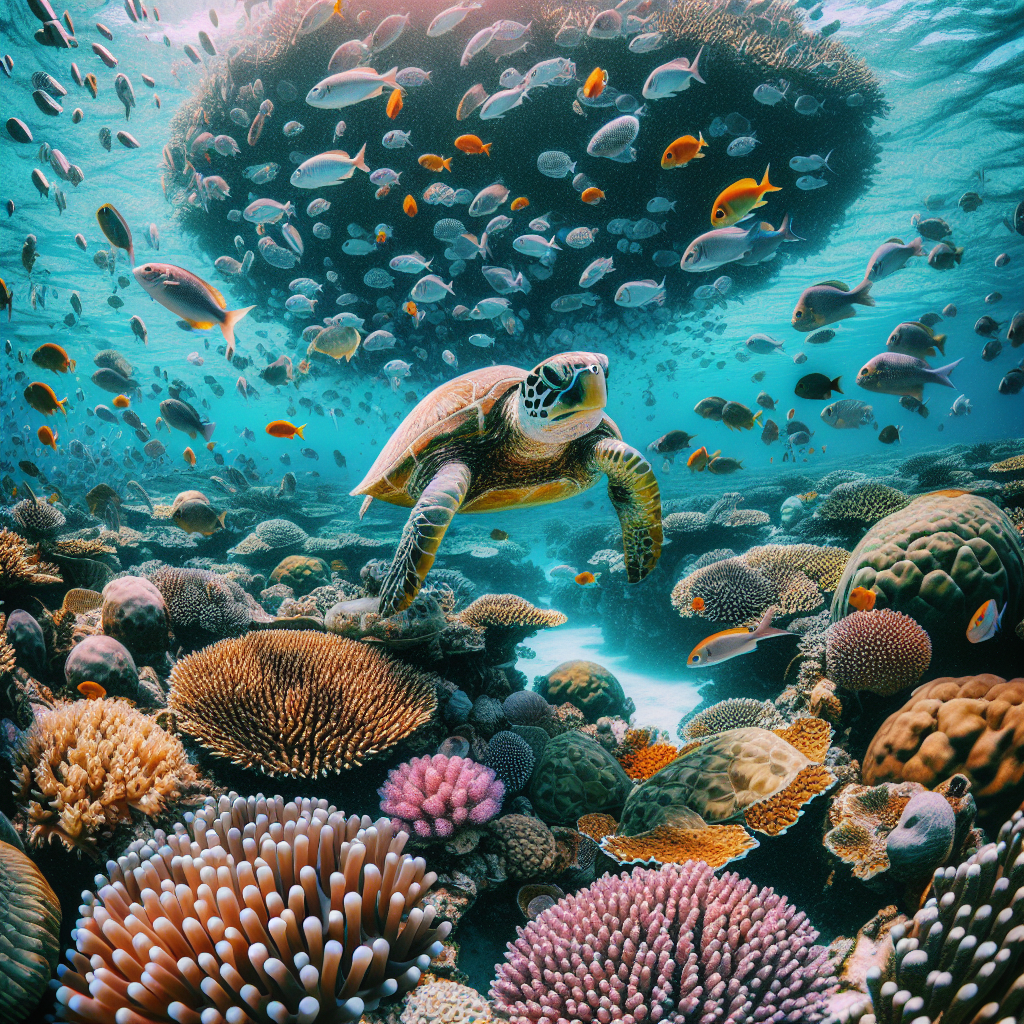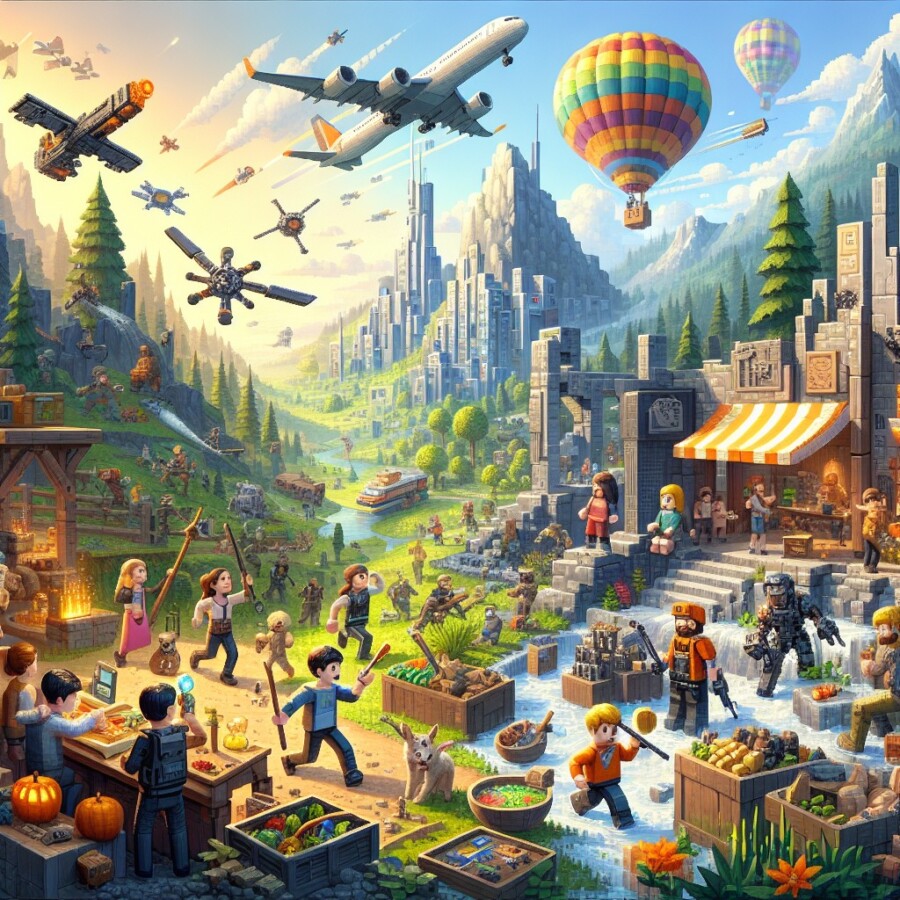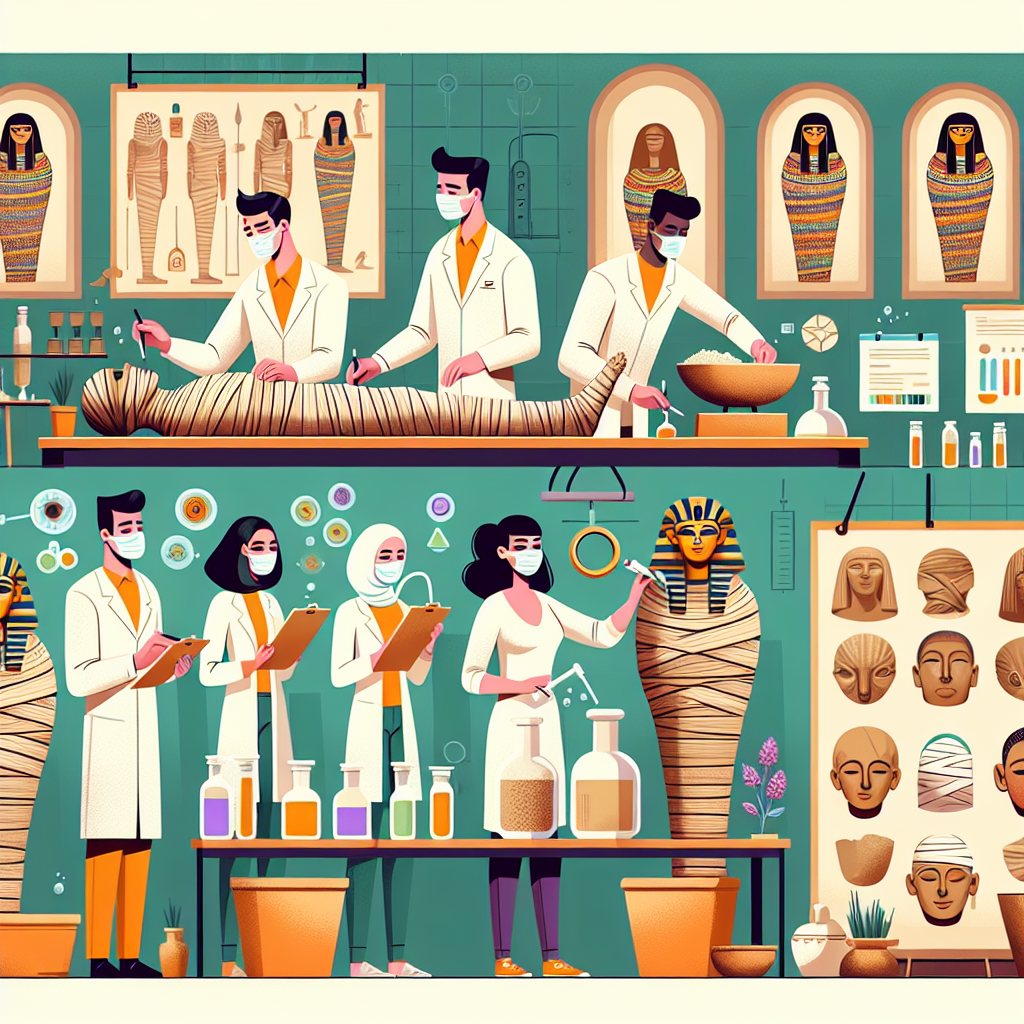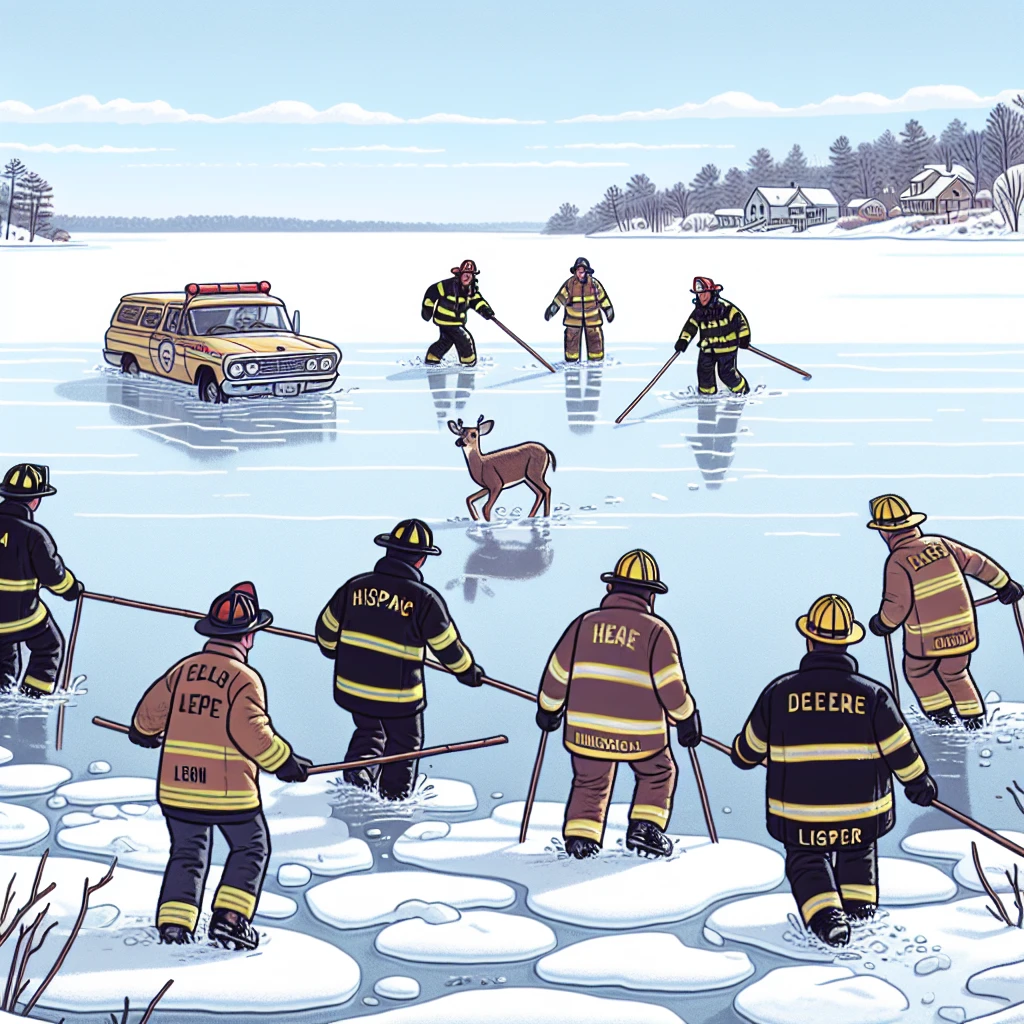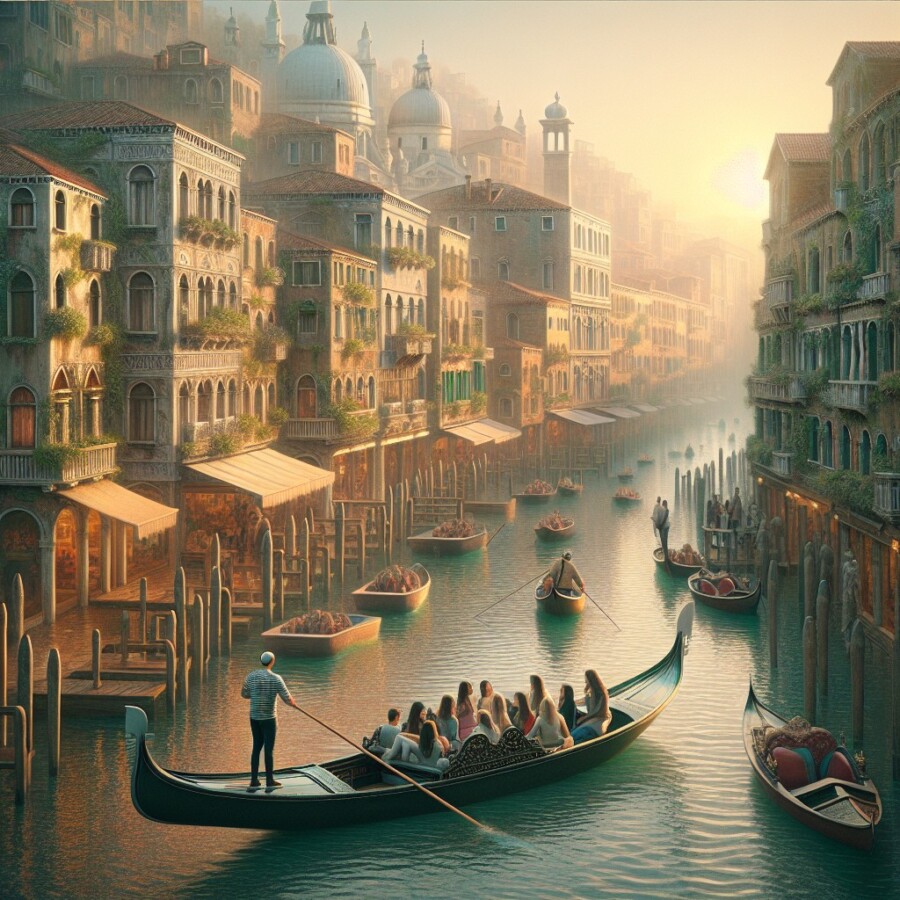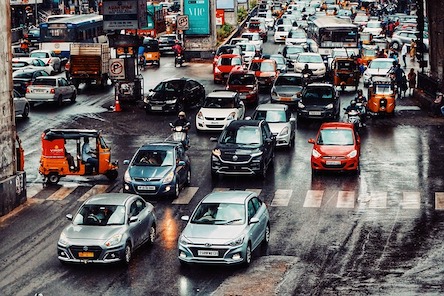The coral reef around Mnemba Island in Tanzania was in big trouble a few years ago. Climate change, overfishing, and other things people were doing were hurting the reef and the people who depend on it. But now, a project is helping to save the reef and make it healthy again. The project also wants to make sure the reef doesn’t get hurt anymore. The water around the island is really clear, so you can see the reef up close even though it’s 10 meters below the surface.
Coral reefs are like the rainforests of the sea because they have lots of different kinds of sea life. But when the water gets too warm because of climate change, the coral gets stressed and loses the algae that gives it food. This makes the coral turn white and eventually die. Fishermen using dynamite and tourists doing whatever they want have also hurt the coral. There aren’t as many fish around anymore, which is a big problem for the people who sell fish.
To fix these problems, a group called &Beyond and a non-profit called Africa Foundation are working with the people who live on the island. They made special places underwater where they can grow new coral and then put it back on the reef. Local divers are trained to take care of these special places. It’s been working really well, and now 80% of the reef around the island is healthy again. They also made fake reefs out of steel and stone to bring back more sea life and attract people who want to snorkel and dive.
The reason the project is doing so well is because the people who live on the island are helping a lot. The groups working on the project are working closely with the local government, and the government made rules to protect the sea around Mnemba Island. This means they can control what tourists and fishermen do. They made a limit on how many people can visit the reef, and they’re making more money from it. They also stopped fishing around the reef while they were fixing it, which helped stop illegal fishing and taught the fishermen better ways to fish sustainably.
The government of Zanzibar is happy with how well the project on Mnemba Island is going, and they want to do it in other places too. They put buoys in the water to show where fishing isn’t allowed. The problems facing the reefs in Zanzibar are the same problems facing reefs all over the world. The project can’t stop the water from getting warmer, but they hope it will inspire people to protect other reefs that are in danger. The relationship between the sea and coral is really important for the health of the ocean, and the project wants to make the reefs healthy again.
Original news source: How islanders are saving their Indian Ocean coral reef (BBC)
🎧 Listen:
Slow
Normal
Fast
📖 Vocabulary:
| 1 | climate | The usual weather conditions in a place over a long period |
| 2 | overfishing | Catching too many fish so that the fish population gets too low |
| 3 | algae | Tiny plants that live in water and provide food for coral |
| 4 | dynamite | A powerful explosive used for blasting |
| 5 | non-profit | An organization that does not make money for personal profit |
| 6 | divers | People who swim underwater using special equipment |
| 7 | snorkel | To swim underwater using a tube to breathe |
| 8 | government | The group of people who control and make decisions for a country or area |
| 9 | illegal | Not allowed by law |
| 10 | sustainable | Able to be maintained or kept going without causing harm to the environment |
| 11 | buoys | Floating markers that show where something is in the water |
| 12 | inspire | To encourage someone to do something |
| 13 | relationship | The way in which two or more things are connected |
| 14 | project | A planned piece of work with a specific goal |
| 15 | surface | The outside or top layer of something |
Group or Classroom Activities
Warm-up Activities:
– News Summary
Instructions: Have students read the article individually or in pairs. Then, ask them to write a brief summary of the main points of the article, focusing on the problem faced by the coral reef in Mnemba Island and the solution provided by the project. Afterward, have students share their summaries with the class.
– Opinion Poll
Instructions: Divide the class into small groups. Assign each group a role: fishermen, tourists, local residents, or government officials. Have each group discuss and write down their opinions on the impact of the project on the coral reef and the people involved. Then, have each group present their opinions to the rest of the class. Afterward, hold a class discussion to compare and contrast the different perspectives.
– Vocabulary Pictionary
Instructions: Provide the students with a list of key vocabulary words from the article (e.g., coral reef, climate change, overfishing, sustainable). Divide the class into pairs. One student from each pair will choose a word from the list and draw a picture to represent it, while the other student guesses the word. After a set time, switch roles. Encourage students to use English to describe the word and discuss their drawings.
– Pros and Cons
Instructions: Divide the class into small groups. Assign each group to discuss the pros and cons of the project to save the coral reef in Mnemba Island. Encourage students to think critically and consider different perspectives. Afterward, have each group present their findings to the rest of the class. Facilitate a class discussion to explore the different viewpoints and come to a consensus.
– Future Predictions
Instructions: Have students imagine they are government officials responsible for protecting the world’s coral reefs. In pairs or small groups, ask them to discuss and make predictions about the future of coral reefs based on the article. What challenges do they think will arise? How can they ensure the long-term sustainability of coral reefs? Afterward, have each group share their predictions with the class and hold a discussion to explore different ideas.
🤔 Comprehension Questions:
1. What were some of the things that were hurting the coral reef around Mnemba Island?
2. Why are coral reefs often compared to rainforests?
3. How does climate change affect coral reefs?
4. How have fishermen and tourists contributed to the problems facing the coral reef?
5. What are the organizations &Beyond and Africa Foundation doing to help save the coral reef?
6. Why is the project on Mnemba Island doing so well?
7. How is the local government helping to protect the coral reef?
8. Why is the government of Zanzibar interested in expanding the project to other places?
Go to answers ⇩
🎧✍️ Listen and Fill in the Gaps:
The coral reef around Mnemba Island in Tanzania was in big trouble a few years ago. Climate change, (1)______, and other things people were doing were hurting the reef and the people who depend on it. But now, a project is helping to save the reef and make it (2)______ again. The project also wants to make sure the reef doesn’t get hurt anymore. The water around the (3)______ is really clear, so you can see the reef up close even though it’s 10 meters below the surface.
Coral reefs are like the rainforests of the sea because they have lots of (4)______ kinds of sea life. But when the water gets too warm because of climate change, the coral gets stressed and loses the algae that gives it food. This makes the coral turn white and eventually die. Fishermen using dynamite and (5)______ doing whatever they want have also hurt the coral. There aren’t as many fish around anymore, which is a big (6)______ for the people who sell fish.
To fix these problems, a group called &Beyond and a non-profit called Africa Foundation are working with the people who live on the island. They made special (7)______ (8)______ where they can grow new coral and then put it back on the reef. Local divers are trained to take care of these special places. It’s been working really well, and now 80% of the reef around the island is healthy again. They also made fake reefs out of steel and stone to bring back more sea life and attract (9)______ who want to snorkel and dive.
The reason the project is doing so well is because the people who live on the island are helping a lot. The groups (10)______ on the project are working closely with the (11)______ government, and the government made rules to protect the sea around Mnemba (12)______. This means they can control what tourists and fishermen do. They made a limit on how many people can visit the reef, and they’re making more money from it. They also stopped fishing around the reef while they were fixing it, which helped stop illegal fishing and (13)______ the (14)______ better ways to fish sustainably.
The government of Zanzibar is happy with how well the project on Mnemba Island is going, and they want to do it in other places too. They put buoys in the water to show where fishing isn’t (15)______. The problems facing the (16)______ in Zanzibar are the same problems facing reefs all over the world. The project can’t stop the water from getting warmer, but they hope it will inspire people to protect other reefs that are in danger. The relationship between the sea and coral is really important for the health of the ocean, and the project wants to make the reefs healthy again.
Go to answers ⇩
💬 Discussion Questions:
Students can ask a partner these questions, or discuss them as a group.
1. What is a coral reef and why are they important?
2. How would you feel if you saw a coral reef turning white and dying?
3. Do you like snorkeling or diving? Why or why not?
4. Do you think it’s important to protect the ocean and its creatures? Why or why not?
5. What do you think would happen if there were no more fish in the ocean?
6. Have you ever seen a coral reef up close? If so, what was it like?
7. How do you think climate change affects coral reefs?
8. What do you think can be done to stop overfishing and protect coral reefs?
9. Why do you think it’s important for local communities to be involved in conservation projects?
10. How do you think the project on Mnemba Island can inspire people to protect other reefs?
11. Have you ever been involved in a conservation project? If so, what was it like?
12. What do you think are some challenges in protecting coral reefs around the world?
13. How do you think the relationship between the sea and coral affects the health of the ocean?
14. Do you think governments should have rules and regulations to protect the environment? Why or why not?
15. What can individuals do to help protect coral reefs and the ocean?
Individual Activities
📖💭 Vocabulary Meanings:
Match each word to its meaning.
Words:
1. climate
2. overfishing
3. algae
4. dynamite
5. non-profit
6. divers
7. snorkel
8. government
9. illegal
10. sustainable
11. buoys
12. inspire
13. relationship
14. project
15. surface
Meanings:
(A) The usual weather conditions in a place over a long period
(B) Not allowed by law
(C) To encourage someone to do something
(D) Able to be maintained or kept going without causing harm to the environment
(E) The way in which two or more things are connected
(F) The group of people who control and make decisions for a country or area
(G) An organization that does not make money for personal profit
(H) People who swim underwater using special equipment
(I) Catching too many fish so that the fish population gets too low
(J) A powerful explosive used for blasting
(K) To swim underwater using a tube to breathe
(L) A planned piece of work with a specific goal
(M) Floating markers that show where something is in the water
(N) The outside or top layer of something
(O) Tiny plants that live in water and provide food for coral
Go to answers ⇩
🔡 Multiple Choice Questions:
1. What were the main factors that were harming the coral reef around Mnemba Island?
(a) Climate change, overfishing, and other human activities
(b) Pollution, earthquakes, and volcanic eruptions
(c) Oil spills, deforestation, and hunting
(d) Tsunamis, hurricanes, and acid rain
2. Why are coral reefs often compared to rainforests?
(a) Because they both have tall trees and heavy rainfall
(b) Because they both exist in tropical regions
(c) Because they both provide shelter for indigenous communities
(d) Because they both have a wide variety of plant and animal species
3. What happens to coral when the water gets too warm?
(a) It becomes stressed and loses the algae that gives it food
(b) It turns purple and grows faster
(c) It becomes stronger and more resistant to diseases
(d) It starts producing more oxygen for the surrounding marine life
4. How are new coral reefs being grown and placed back on the Mnemba Island reef?
(a) Coral seeds are planted on the ocean floor and left to grow naturally
(b) Artificial coral is created using advanced technology and placed on the reef
(c) Special places underwater are used to grow new coral, which is then transplanted onto the reef
(d) Coral fragments are collected from other reefs and attached to the Mnemba Island reef
5. What role do the local divers play in the project?
(a) They educate tourists about the importance of protecting the reef
(b) They monitor the water temperature around the island
(c) They catch fish for the local community
(d) They take care of the special places where new coral is grown
6. How has the local government of Mnemba Island helped protect the reef?
(a) They provided financial support for the project
(b) They made rules to control the actions of tourists and fishermen
(c) They built a wall around the island to prevent damage from storms
(d) They introduced new fishing techniques to the local fishermen
7. Why did the government of Zanzibar put buoys in the water around Mnemba Island?
(a) To attract more tourists to the island
(b) To mark the location of the new coral reefs
(c) To indicate areas where fishing is not allowed
(d) To prevent boats from entering the coral reef area
8. What is the main goal of the project on Mnemba Island?
(a) To create a tourist attraction for snorkeling and diving
(b) To make the coral reefs healthy again and inspire others to protect endangered reefs
(c) To study the effects of climate change on coral reefs
(d) To provide employment opportunities for the local community
Go to answers ⇩
🕵️ True or False Questions:
1. A project is not currently underway to destroy and deplete the reef, causing further damage.
2. When the water becomes too warm due to climate change, coral becomes stressed and loses the algae that provides it with food, causing it to turn white and eventually die.
3. To address these issues, the organizations &Beyond and Africa Foundation are collaborating with the local community to grow new coral and restore the reef.
4. Coral reefs are unimportant because they do not support a diverse range of marine life, unlike how rainforests support diverse plant and animal species.
5. The coral reef has also been harmed by fishermen using dynamite and irresponsible tourist activities, resulting in a decline in fish populations.
6. The water around Mnemba Island is murky, preventing close observation of the reef even from 10 meters below the surface.
7. The success of the project is not attributed to the involvement of the local community, as well as the lack of support and regulations implemented by the government to protect the sea around Mnemba Island.
8. The coral reef around Mnemba Island in Tanzania was in danger due to climate change, overfishing, and other human activities.
Go to answers ⇩
📝 Write a Summary:
Write a summary of this news article in two sentences.
Check your writing now with the best free AI for English writing!
Writing Questions:
Answer the following questions. Write as much as you can for each answer.
Check your answers with our free English writing assistant!
1. What were some of the problems facing the coral reef around Mnemba Island?
2. Why is the coral reef compared to the rainforests of the sea?
3. How are the groups &Beyond and Africa Foundation helping to fix the problems with the coral reef?
4. Why is the project on Mnemba Island doing so well?
5. What is the goal of the project and how does it hope to inspire others?
✅ Answers
🤔✅ Comprehension Question Answers:
1. What were some of the things that were hurting the coral reef around Mnemba Island?
Climate change, overfishing, and other human activities like dynamite fishing and irresponsible tourism were hurting the coral reef around Mnemba Island.
2. Why are coral reefs often compared to rainforests?
Coral reefs are often compared to rainforests because they both have a wide variety of different kinds of life. Just like rainforests are home to many different species of plants and animals, coral reefs are home to many different species of marine life.
3. How does climate change affect coral reefs?
Climate change affects coral reefs by making the water too warm. When the water gets too warm, the coral gets stressed and loses the algae that gives it food. This causes the coral to turn white and eventually die.
4. How have fishermen and tourists contributed to the problems facing the coral reef?
Fishermen using dynamite and tourists doing whatever they want have contributed to the problems facing the coral reef. Dynamite fishing destroys the coral, and irresponsible tourism can damage the reef and scare away fish.
5. What are the organizations &Beyond and Africa Foundation doing to help save the coral reef?
&Beyond and Africa Foundation are working with the people who live on Mnemba Island to save the coral reef. They have created special underwater areas where new coral can grow and then be put back on the reef. They have also created artificial reefs made of steel and stone to attract more marine life.
6. Why is the project on Mnemba Island doing so well?
The project on Mnemba Island is doing well because the local people are actively involved. The project works closely with the local government, which has made rules to protect the sea around the island. These rules control the actions of tourists and fishermen. The project has also stopped fishing around the reef while fixing it and has taught the fishermen sustainable fishing methods.
7. How is the local government helping to protect the coral reef?
The local government is helping to protect the coral reef by making rules and regulations. They have set a limit on the number of people who can visit the reef, and they have stopped fishing around the reef. They have also worked closely with the project and provided support.
8. Why is the government of Zanzibar interested in expanding the project to other places?
The government of Zanzibar is interested in expanding the project to other places because they have seen the success of the project on Mnemba Island. They want to protect other reefs that are in danger and hope that the project will inspire people to take action. The problems facing the reefs in Zanzibar are similar to those facing reefs worldwide, so the government wants to spread the successful conservation efforts to other areas.
Go back to questions ⇧
🎧✍️✅ Listen and Fill in the Gaps Answers:
(1) overfishing
(2) healthy
(3) island
(4) different
(5) tourists
(6) problem
(7) places
(8) underwater
(9) people
(10) working
(11) local
(12) Island
(13) taught
(14) fishermen
(15) allowed
(16) reefs
Go back to questions ⇧
📖💭✅ Vocabulary Meanings Answers:
1. climate
Answer: (A) The usual weather conditions in a place over a long period
2. overfishing
Answer: (I) Catching too many fish so that the fish population gets too low
3. algae
Answer: (O) Tiny plants that live in water and provide food for coral
4. dynamite
Answer: (J) A powerful explosive used for blasting
5. non-profit
Answer: (G) An organization that does not make money for personal profit
6. divers
Answer: (H) People who swim underwater using special equipment
7. snorkel
Answer: (K) To swim underwater using a tube to breathe
8. government
Answer: (F) The group of people who control and make decisions for a country or area
9. illegal
Answer: (B) Not allowed by law
10. sustainable
Answer: (D) Able to be maintained or kept going without causing harm to the environment
11. buoys
Answer: (M) Floating markers that show where something is in the water
12. inspire
Answer: (C) To encourage someone to do something
13. relationship
Answer: (E) The way in which two or more things are connected
14. project
Answer: (L) A planned piece of work with a specific goal
15. surface
Answer: (N) The outside or top layer of something
Go back to questions ⇧
🔡✅ Multiple Choice Answers:
1. What were the main factors that were harming the coral reef around Mnemba Island?
Answer: (a) Climate change, overfishing, and other human activities
2. Why are coral reefs often compared to rainforests?
Answer: (d) Because they both have a wide variety of plant and animal species
3. What happens to coral when the water gets too warm?
Answer: (a) It becomes stressed and loses the algae that gives it food
4. How are new coral reefs being grown and placed back on the Mnemba Island reef?
Answer: (c) Special places underwater are used to grow new coral, which is then transplanted onto the reef
5. What role do the local divers play in the project?
Answer: (d) They take care of the special places where new coral is grown
6. How has the local government of Mnemba Island helped protect the reef?
Answer: (b) They made rules to control the actions of tourists and fishermen
7. Why did the government of Zanzibar put buoys in the water around Mnemba Island?
Answer: (c) To indicate areas where fishing is not allowed
8. What is the main goal of the project on Mnemba Island?
Answer: (b) To make the coral reefs healthy again and inspire others to protect endangered reefs
Go back to questions ⇧
🕵️✅ True or False Answers:
1. A project is not currently underway to destroy and deplete the reef, causing further damage. (Answer: False)
2. When the water becomes too warm due to climate change, coral becomes stressed and loses the algae that provides it with food, causing it to turn white and eventually die. (Answer: True)
3. To address these issues, the organizations &Beyond and Africa Foundation are collaborating with the local community to grow new coral and restore the reef. (Answer: True)
4. Coral reefs are unimportant because they do not support a diverse range of marine life, unlike how rainforests support diverse plant and animal species. (Answer: False)
5. The coral reef has also been harmed by fishermen using dynamite and irresponsible tourist activities, resulting in a decline in fish populations. (Answer: True)
6. The water around Mnemba Island is murky, preventing close observation of the reef even from 10 meters below the surface. (Answer: False)
7. The success of the project is not attributed to the involvement of the local community, as well as the lack of support and regulations implemented by the government to protect the sea around Mnemba Island. (Answer: False)
8. The coral reef around Mnemba Island in Tanzania was in danger due to climate change, overfishing, and other human activities. (Answer: True)
Go back to questions ⇧



